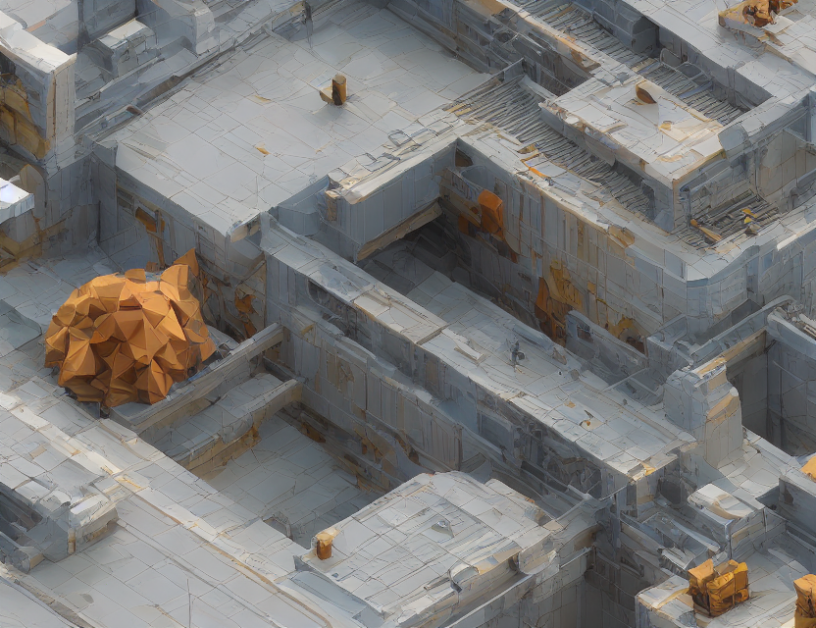In this article, the authors explore the importance of certain design choices in unsupervised novel view synthesis, a technique used to generate new views of an object or scene from a single input image. They highlight the significance of using two key components: Convolutional Feature Attention (CFA) and Hessian-Aided Grid-based (HAG) smoothness regularization.
CFA helps ensure that the generated views are consistent and smooth, by emphasizing the use of convolutional features from the input image. This allows for more accurate and detailed reconstructions of the object or scene. HAG smoothness regularization, on the other hand, helps to reduce noise in the generated images, resulting in more realistic and visually appealing views.
The authors also discuss the importance of starting the generation process from the same noise used in the input image, which improves consistency and reduces the risk of unrealistic results. They propose a pipeline for unsupervised novel view synthesis that incorporates these design choices, using pose-centric clustering to group similar features together and then passing them through a diffusion model to generate new views.
To understand how this works, think of CFA as a "feature filter" that helps the diffusion model focus on the most important features from the input image, like a spotlight shining on specific parts of an object. HAG smoothness regularization is like a "noise reducer" that helps remove any unwanted details or artifacts in the generated views, resulting in smoother and more realistic images.
By starting the generation process from the same noise used in the input image, it’s like using the same lens to take multiple photographs of an object from different angles, ensuring that the resulting views are consistent and accurate.
Overall, this article provides valuable insights into the design choices and techniques used in unsupervised novel view synthesis, which can be useful for researchers and developers working in this area.
Computer Science, Computer Vision and Pattern Recognition
novel view synthesis without supervision



